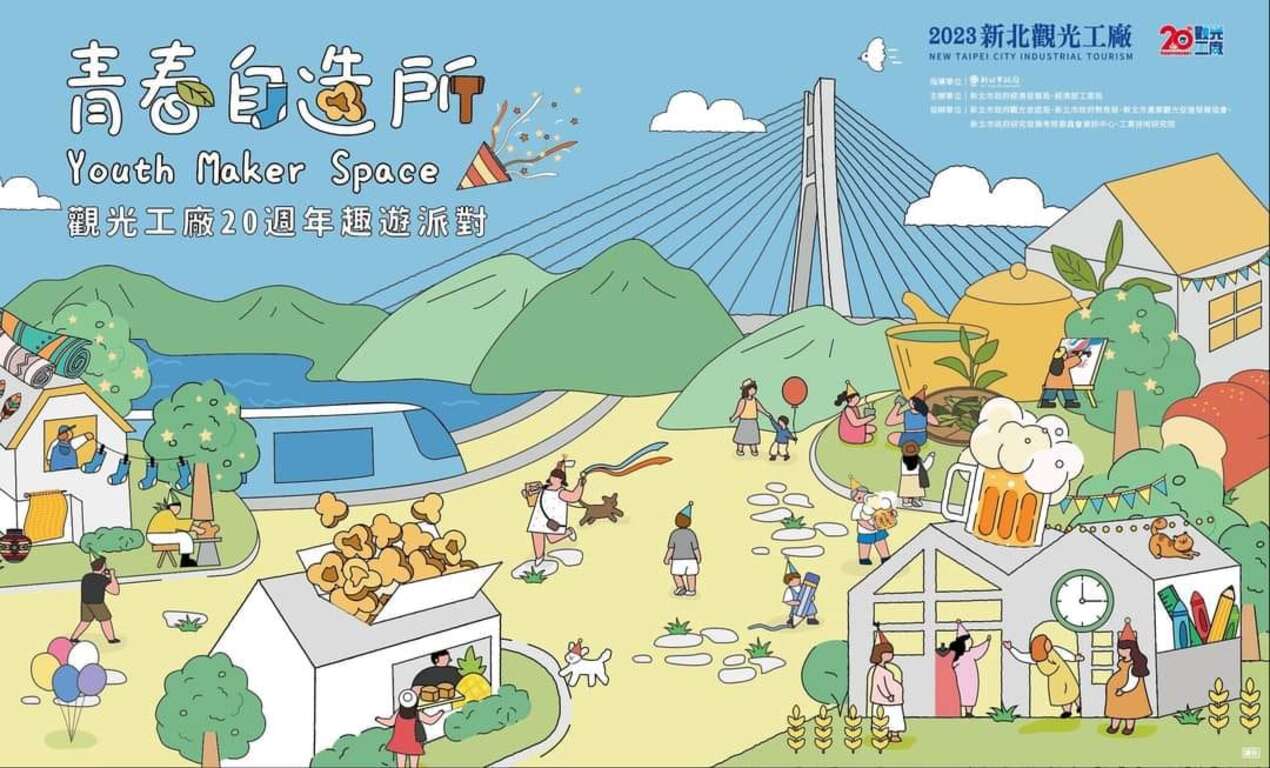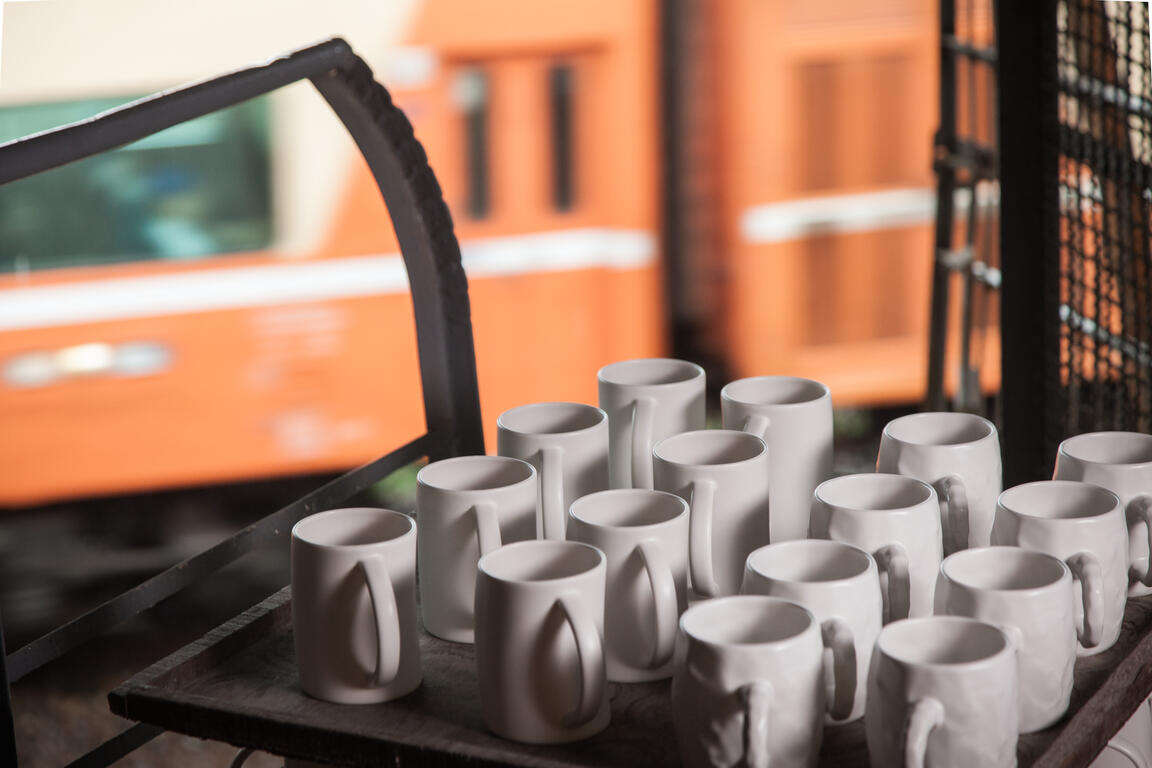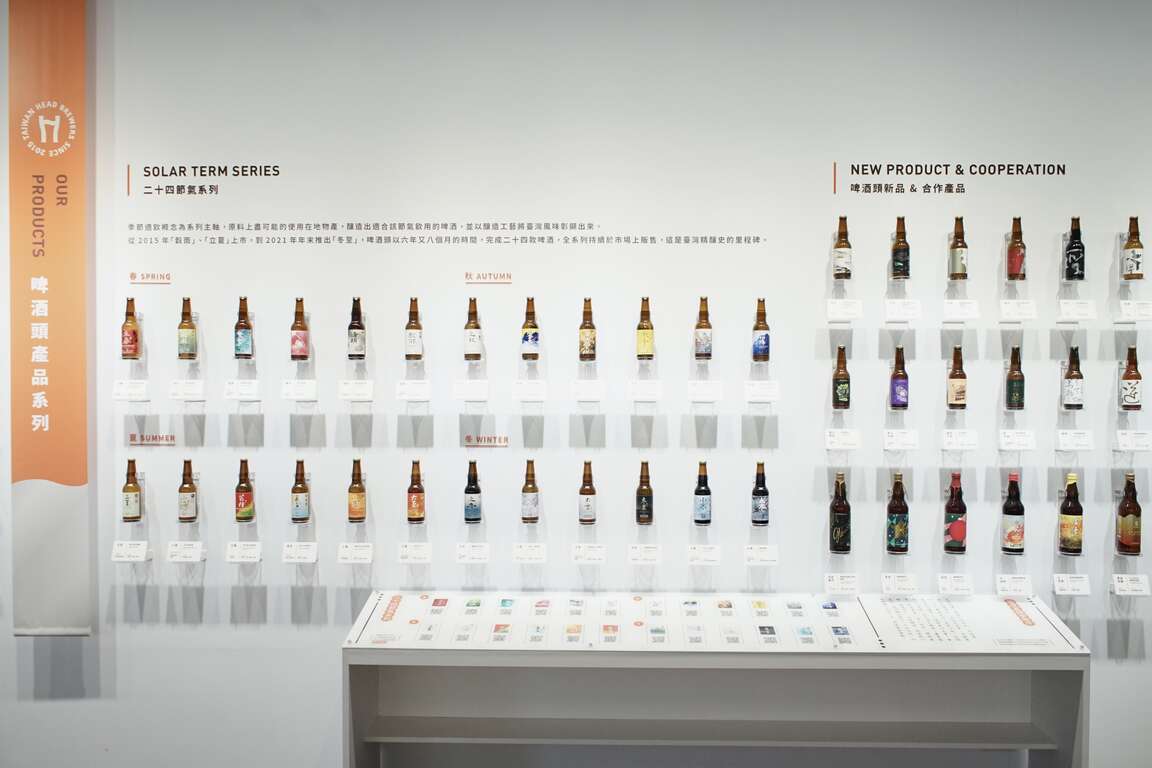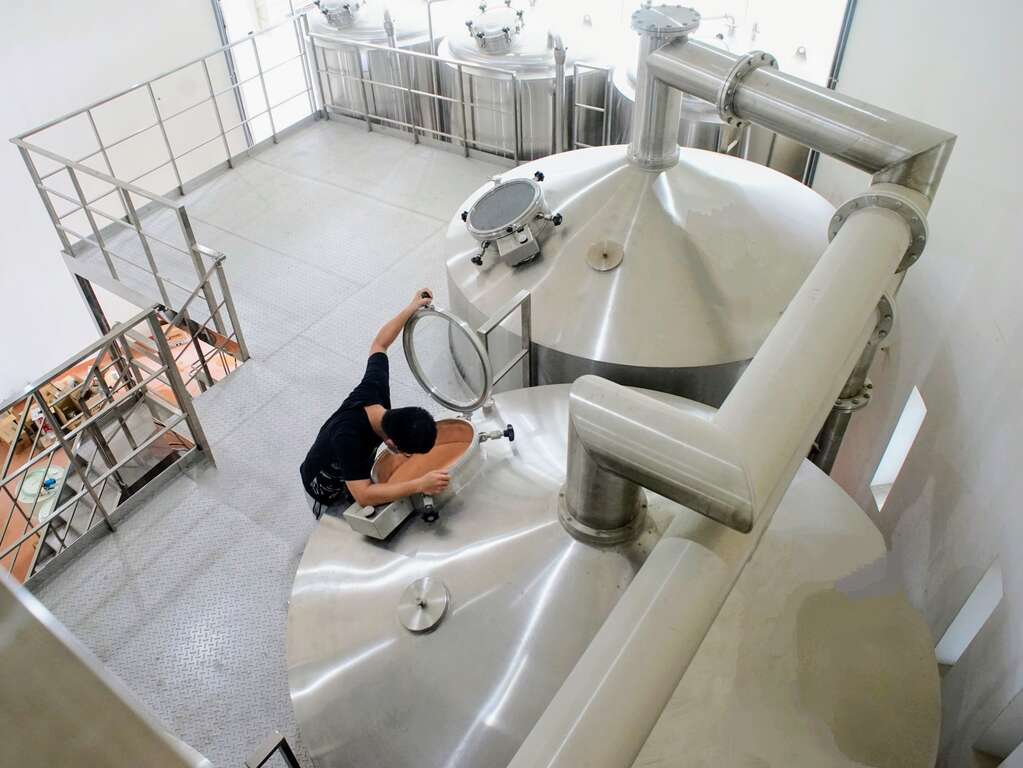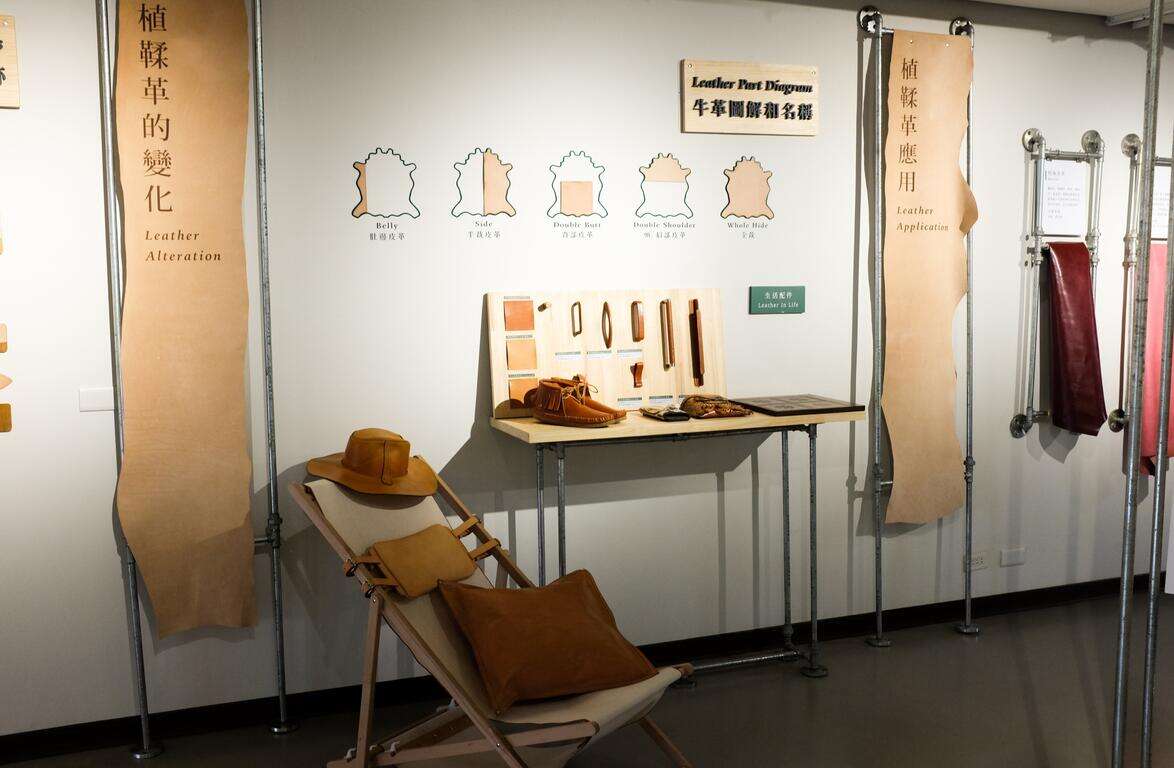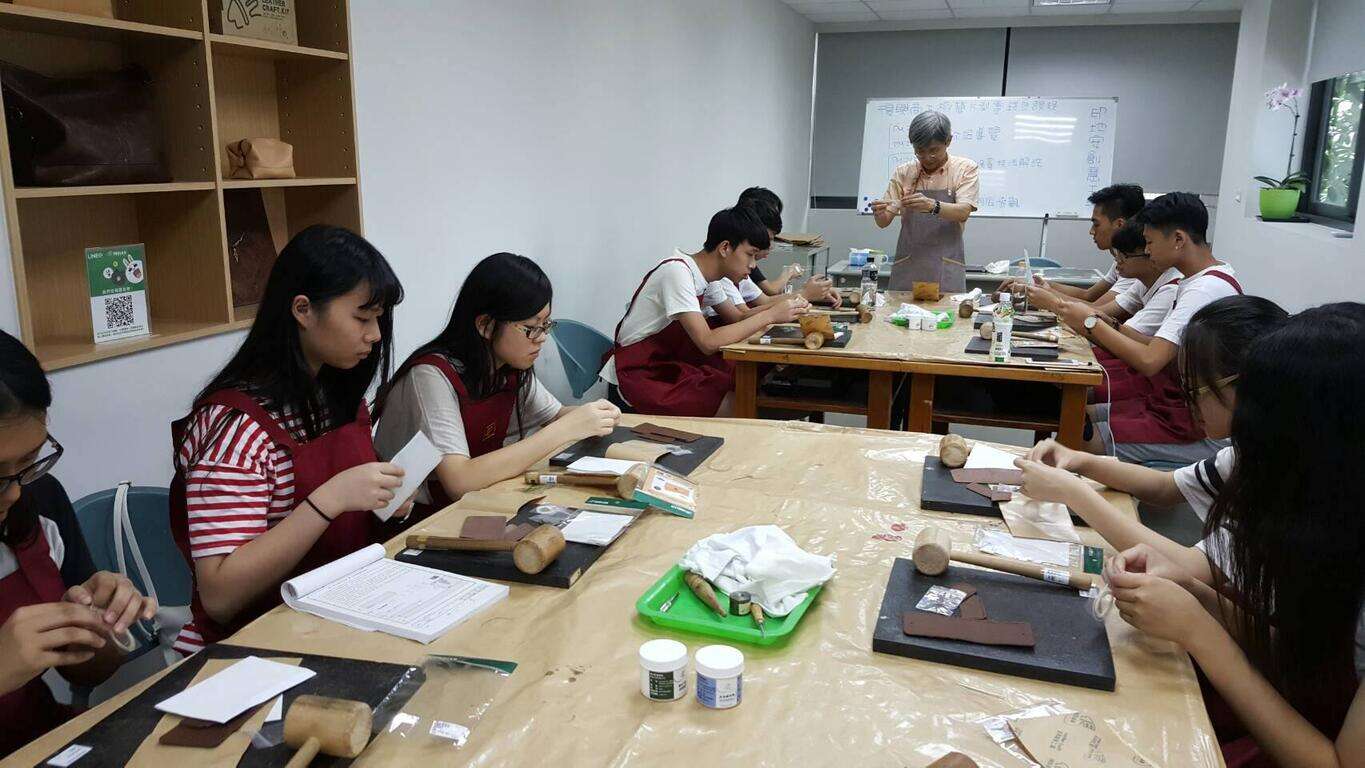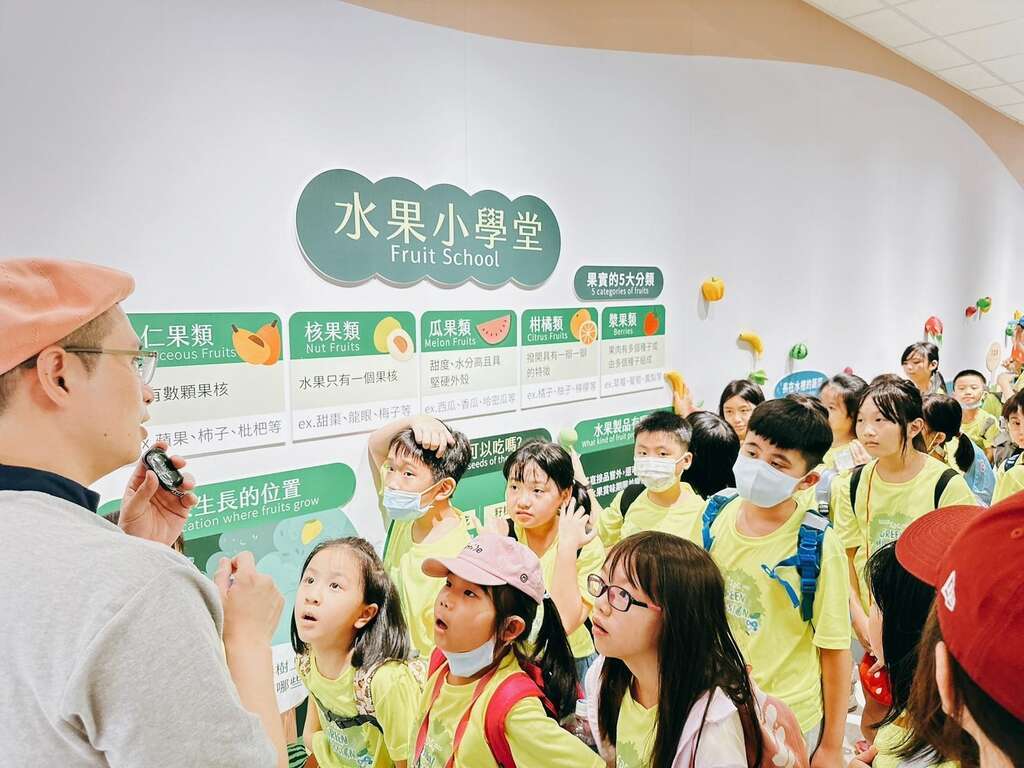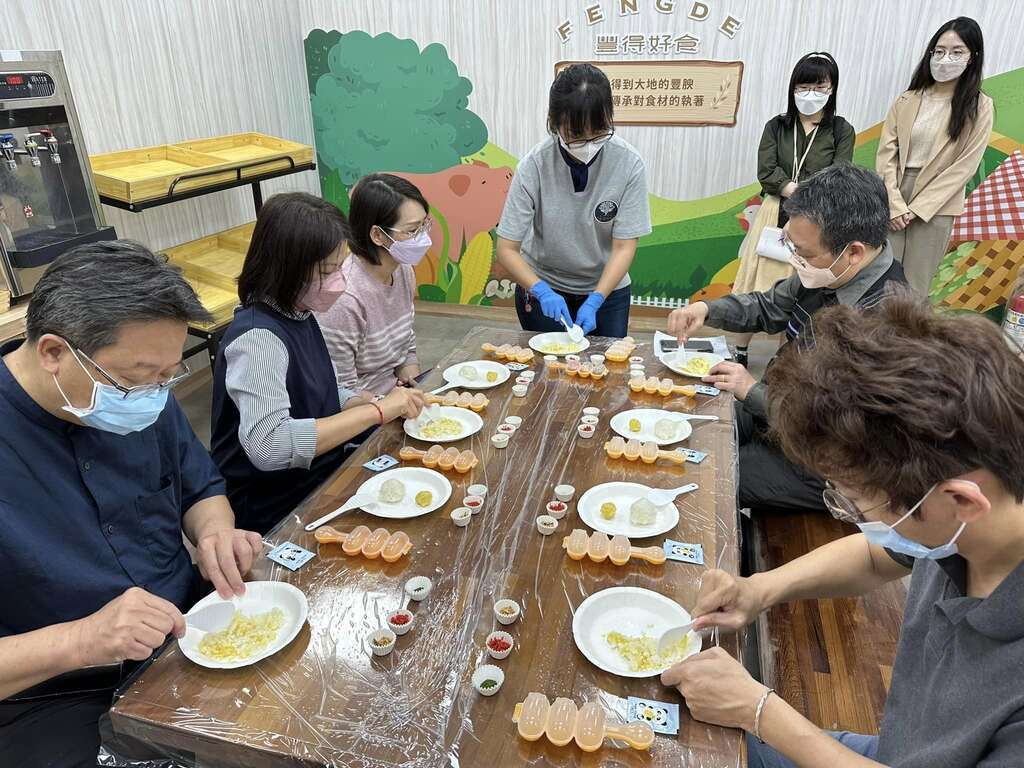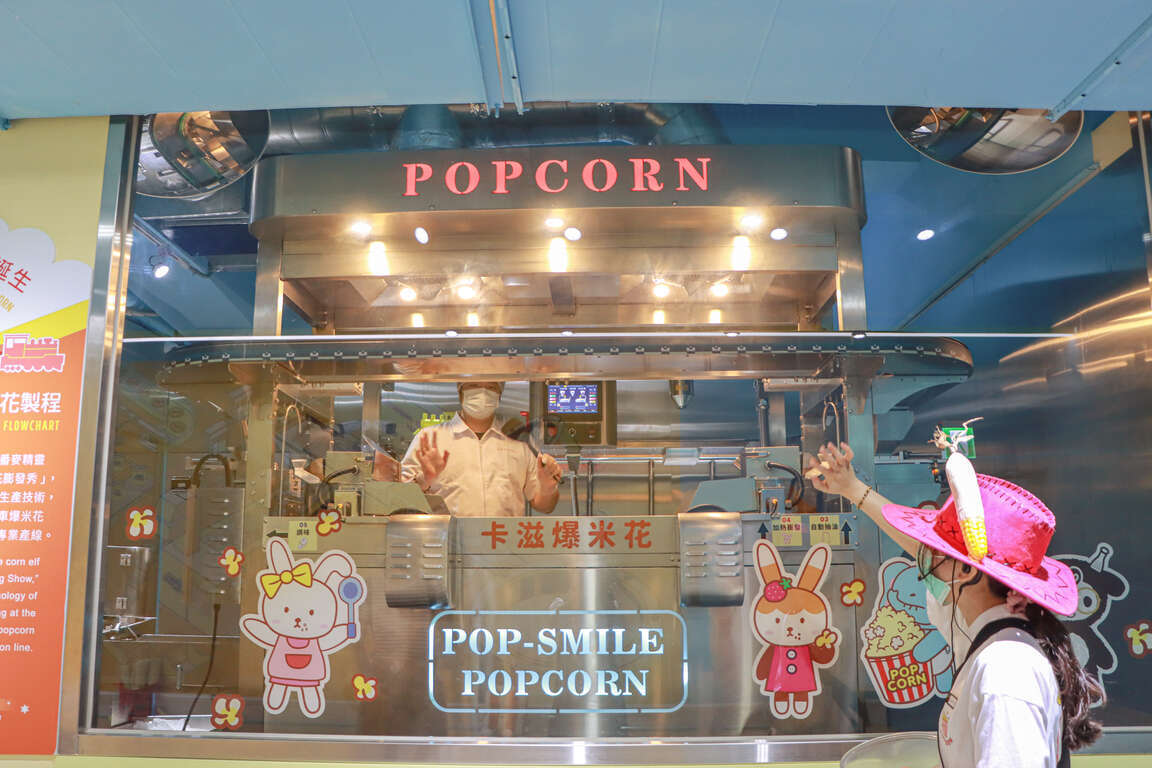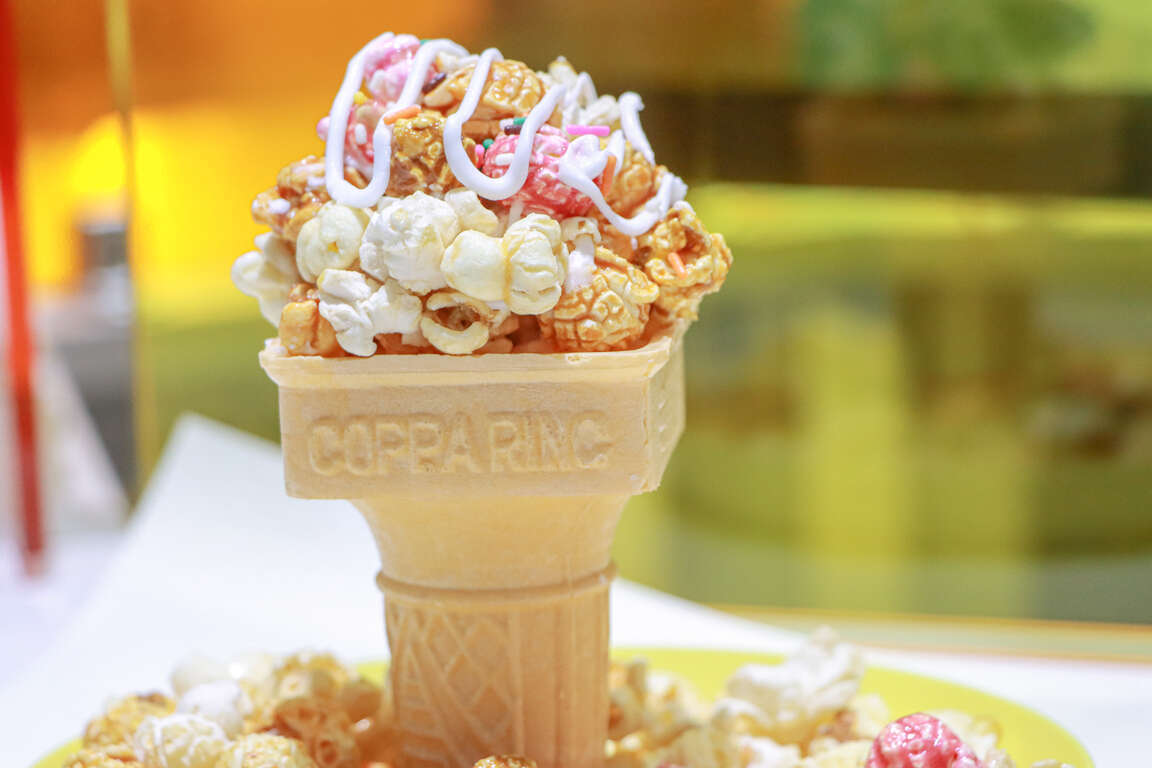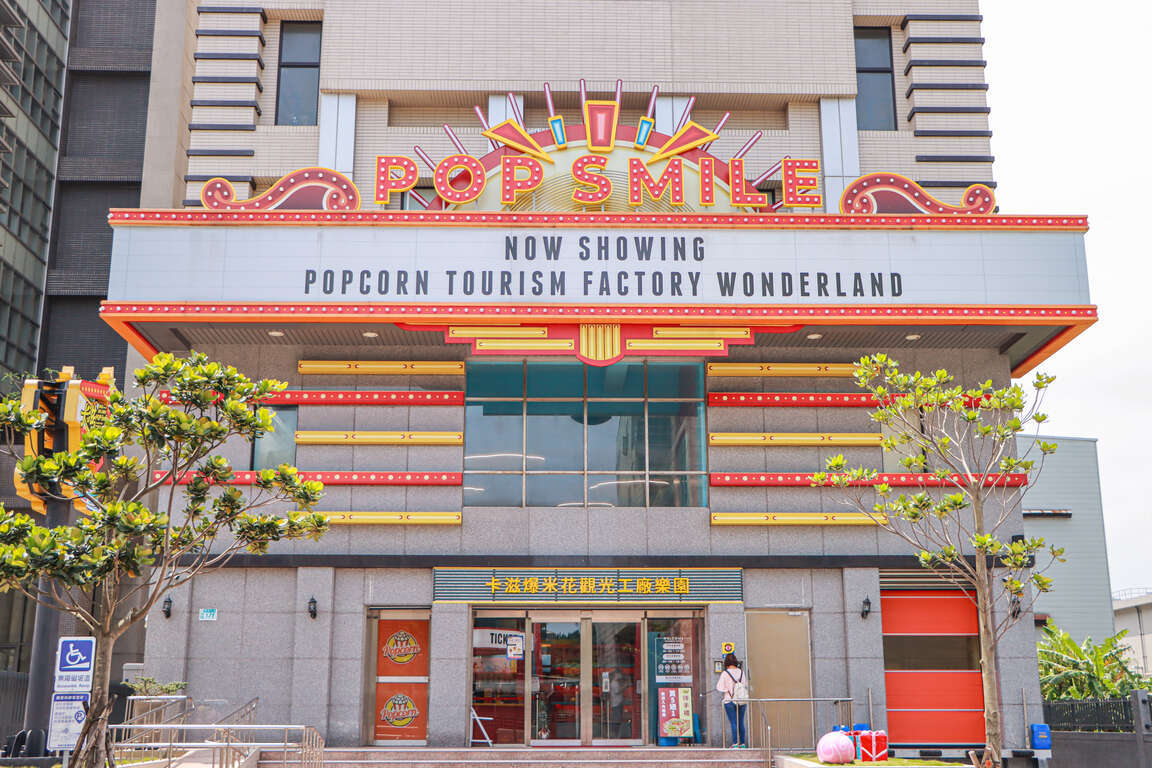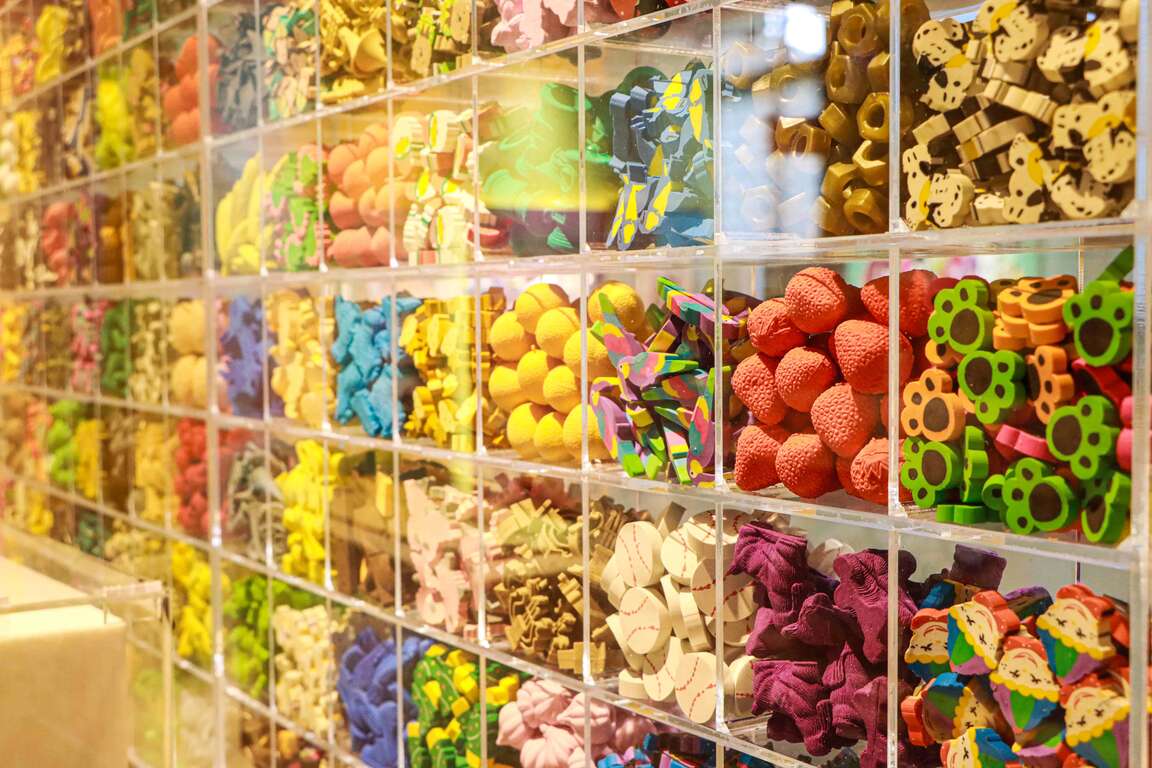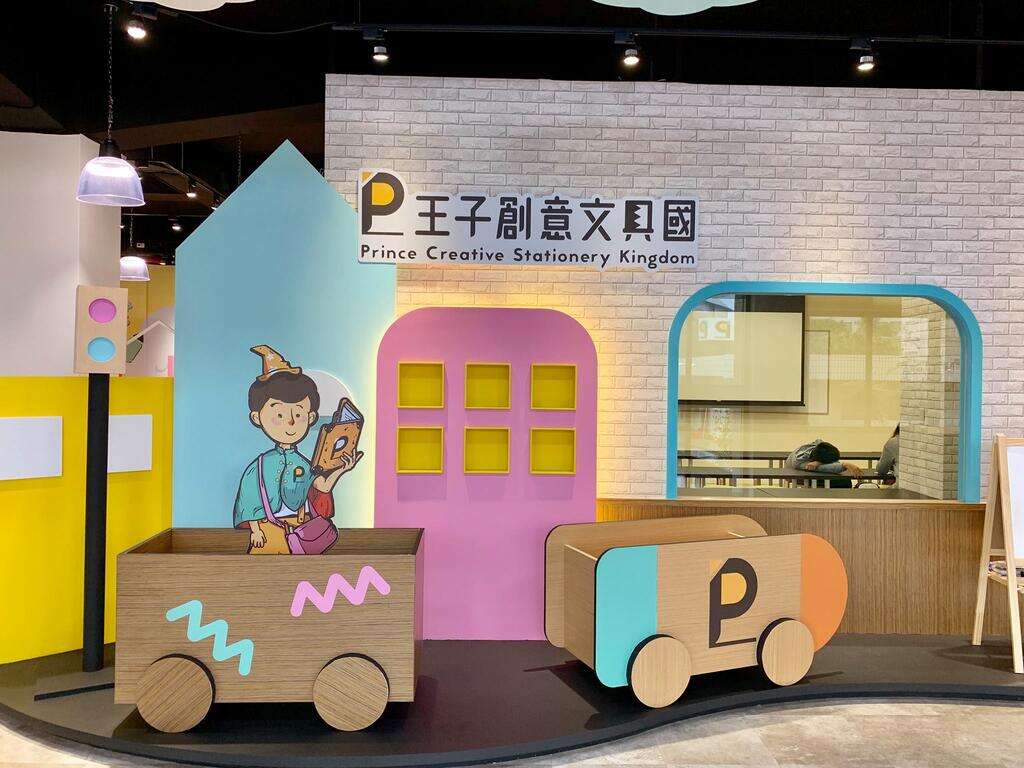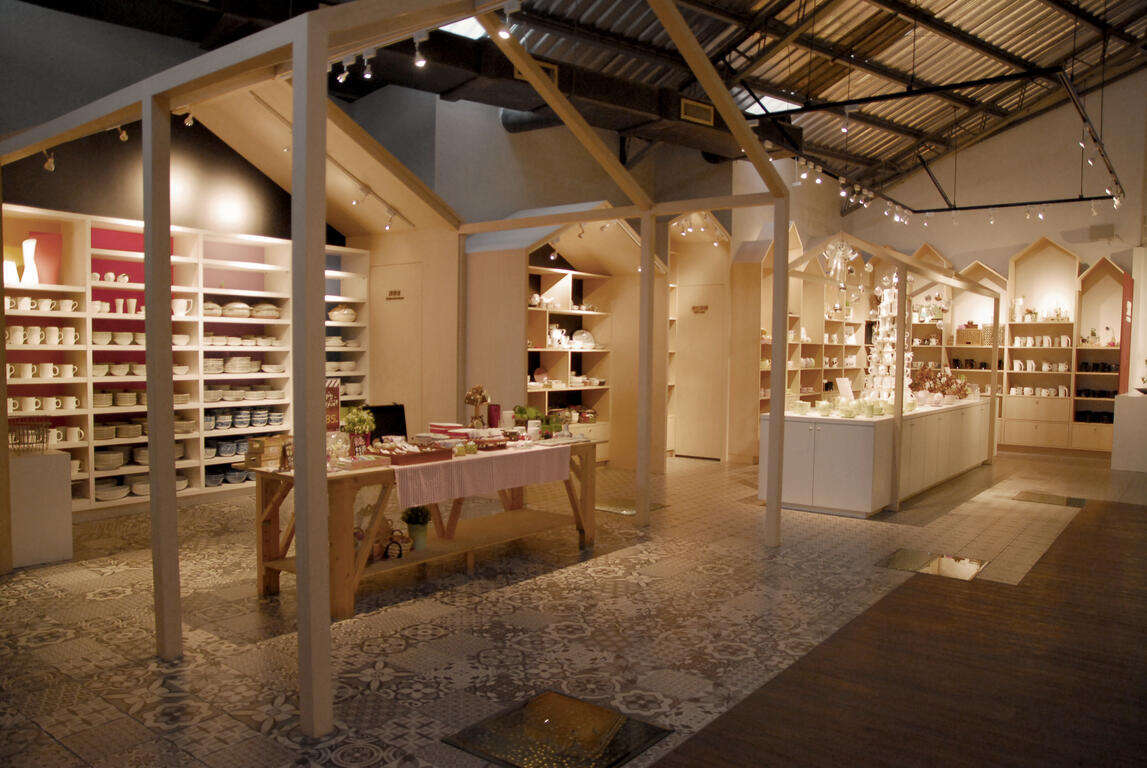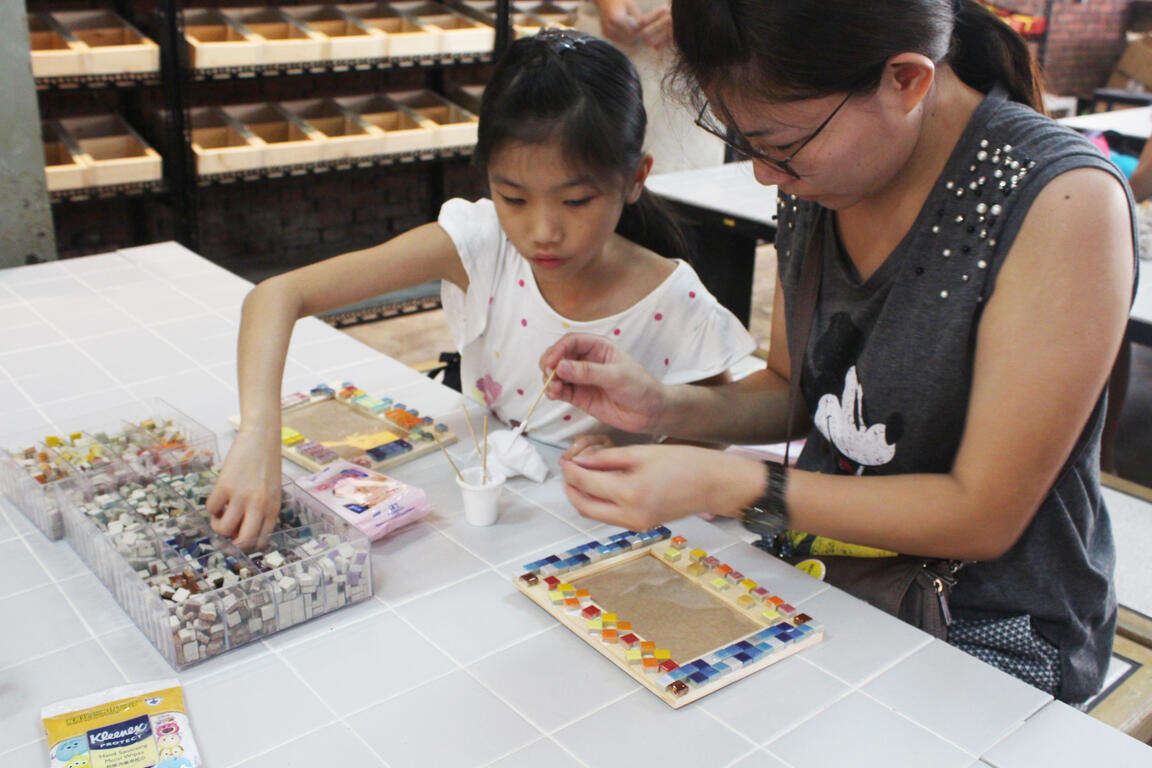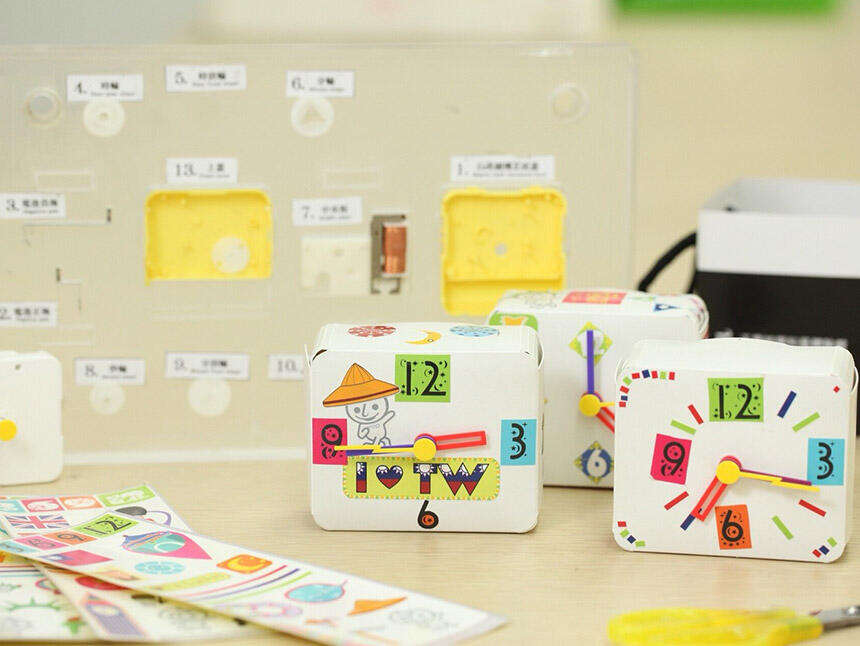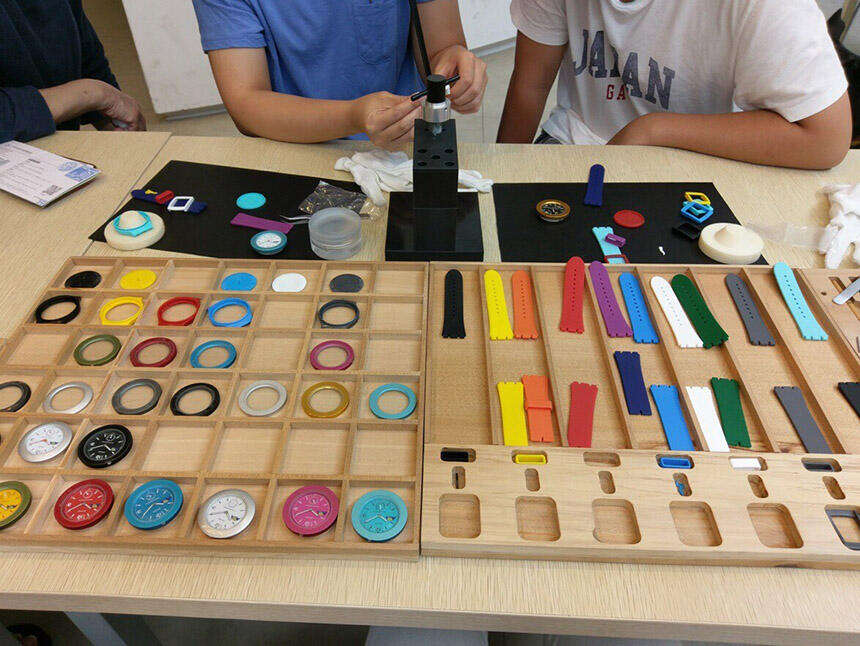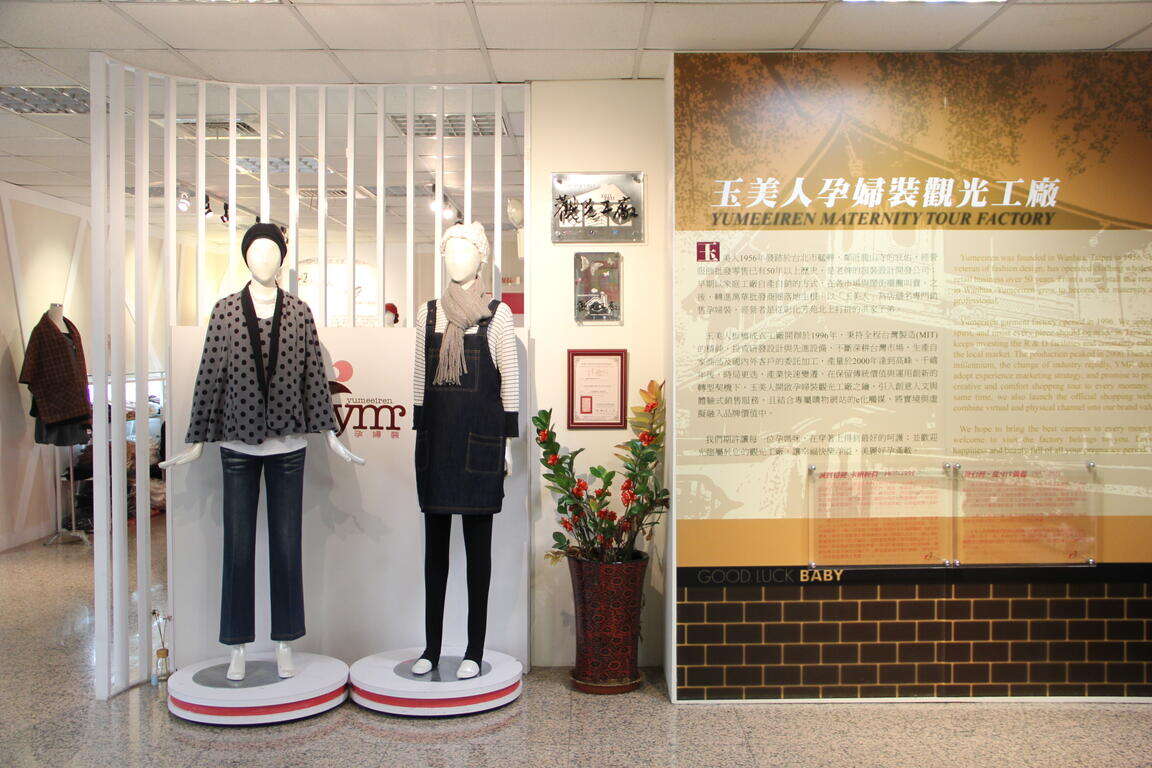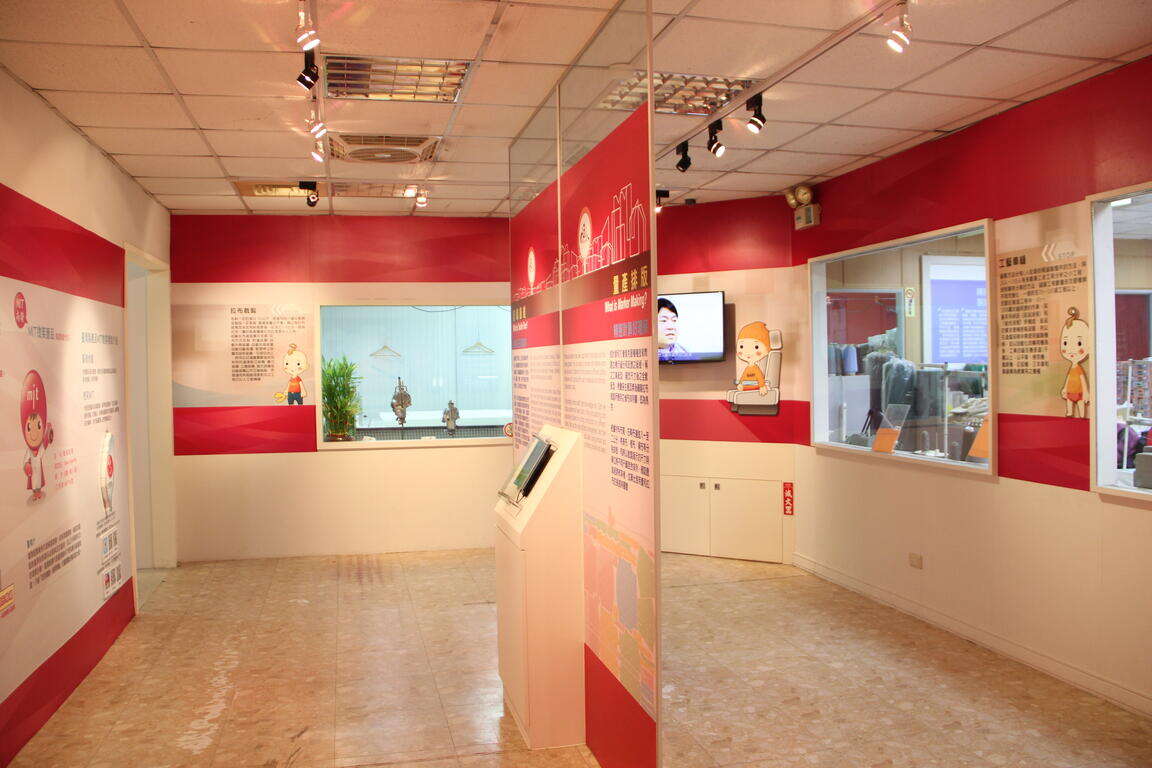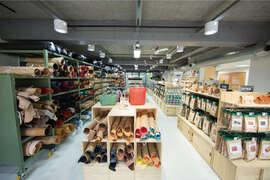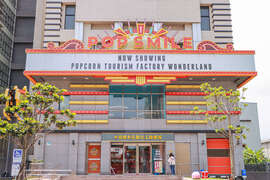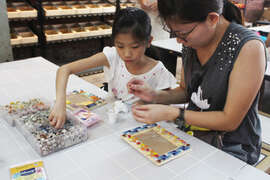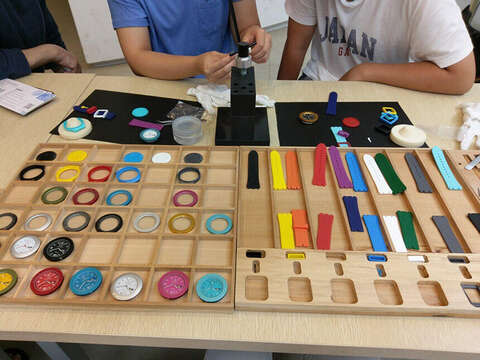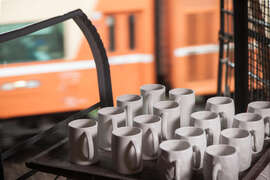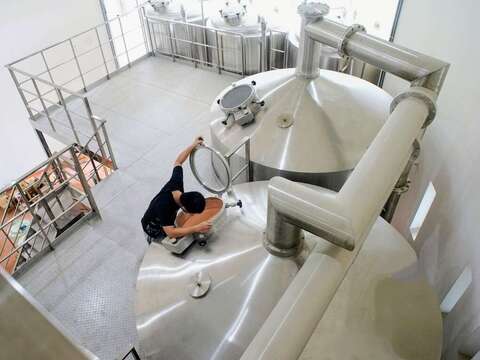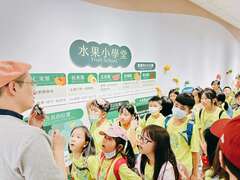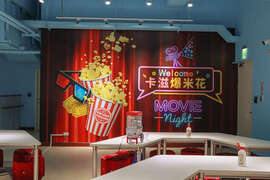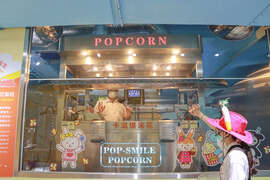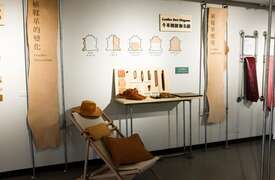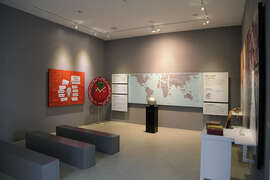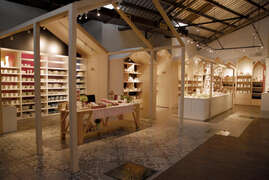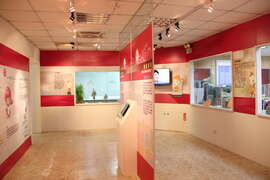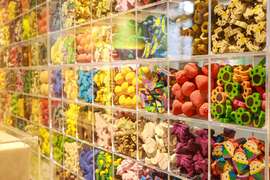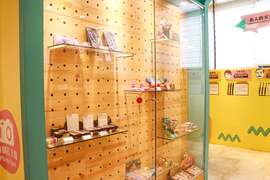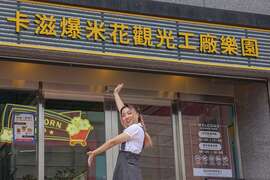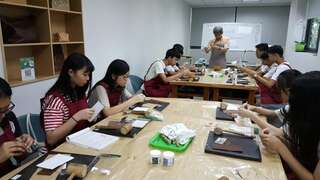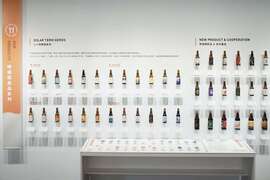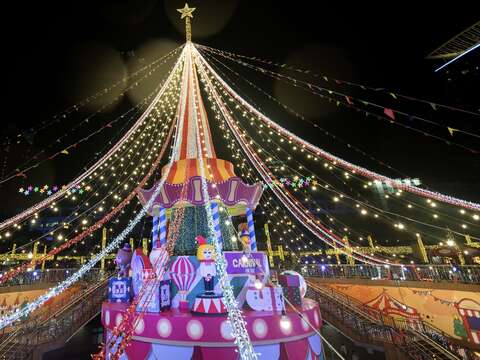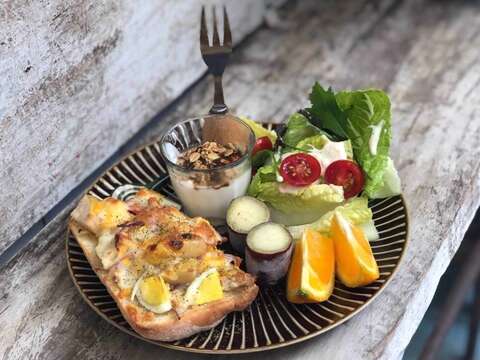8 recommended tourism factories in New Taipei City: Creating a good memory together
【Sanchong】Beer Head Tourist Brewery
Established in the spring of 2015 in Sanchong, the Taiwan Head Brewers, also recognized as the Beer Head, stands as the inaugural craft beer brewery tourism factory in Taipei City and New Taipei City. Spanning nearly 1000 ping, it is situated adjacent to the Xianse Temple MRT station and the Xingfu MRT Station of the Circular Line. The Beer Head prides itself on using primarily local ingredients in its beer production. Its notable offering is the "Twenty-four Solar Terms" beer series, which skillfully infused with Taiwan’s winter melon sugar, Changhua’s Jasmine tea, Pingtung’s cocoa, oriental beauty tea, and various other regional flavors. These beers are crafted to deliver enjoyable brews that capture the distinctive tastes of the island. The Taiwan Head Brewers offers professional tours guided by highly experienced brewers, providing travelers with an in-depth observation of the various beer brewing stages. Visitors can also pour a perfect pint of fresh beer themselves and can their creation under the brewer's guidance to take home!
【Sanchong】Indian DIY Leathercraft
Taiwan was once a stronghold of the pigskin leather industry but gradually declined due to the rise of environmental awareness and the outward migration of manufacturing activities. Established during this wave of industrial transformation, the Indian DIY Leathercraft is committed to promoting green, non-toxic, eco-friendly, and naturally vegetable-tanned leather crafts, including materials packs, hardware accessories, dyes, and finishing agents in various products. During the tour, professional tour guides will not only provide insights into the history and process of leather production but also offer the opportunity for travelers to engage in a do-it-yourself (DIY) activity, creating their own fashionable leather accessories using this ancient method, which is the oldest known leather-making technique!
【Wugu】Fengde Tourism Factory
Situated within the New Taipei Industrial Park, Fende is the first food company that began its business from a legally operated slaughterhouse. Apart from having its business scope extended to the supply of pork, chicken, seafood, and vegetables, Fende has also developed a “food and agriculture education”-themed tourism facility dedicated to promoting domestic agricultural products, fostering healthy dietary habits, and cultivating an appreciation for food. The factory is established with a transparent vegetable-and-fruit corridor and a production visiting area, allowing visitors to learn about the process from food processing to packaging and distribution. It also lively presents all kinds of food ingredients in front of visitors through interactive AR and VR guided teachings for them to do FUN DIY activities (such as making colorful mochi, shaking rice balls, and creating red tortoise cake) while enjoying the fun of cuisine.
【Bali】PopSmile Popcorn Tourism Factory
Recognized as one of Taiwan's leading brands of flavored popcorn, PopSmile has opened Asia’s first popcorn tourism factory on the left bank of the Tamsui River in Bali. With a vibrant ambiance embellished with colorful themes, the tourism factory features an American small-town setting, making it irresistible for visitors to refrain from capturing photos with their mobile phones. Led by professional tour guides, travelers can explore the history and evolution of popcorn, acquire related life knowledge, and discover the advanced AI automation technology used in production lines. Visitors can also engage in entertaining interactive games and DIY activities. It is a must-visit destination for popcorn enthusiasts.
【Linkou】Prince Creative Stationery Kingdom
Prince Stationery has long been dedicated to the eraser industry and hastened the production of Taiwan's first yellow-barrel ballpoint pen, creating the brand of “high-quality stationery from Taiwan”. Prince Creative Stationery transformed part of its factory site into a tourism facility, becoming the new highlight of Linkou’s tourism scene. Let's follow its mascot, Duke, into the “Time Tunnel of Eraser” and “Celebrity’s Stationery Treasure Box” to catch a glimpse of the eraser production process. Visitors can also create cute and creative stationery using completely non-toxic, eco-friendly materials, providing both adults and children with a delightful and memorable experience.
【Yingge】Hsin-Wang Shu Ceramics Memorial Museum
Yingge is the capital of ceramics in Taiwan and was home to thousands of ceramic factories during its heyday. Established in 1926, Hsin-Wang Shu Ceramics witnessed the rise and down of of Yingge’s ceramic industry. The Hsin-Wang Shu Ceramics Memorial Museum was established in 2010 and became the first tourism factory that passed the evaluation of the Ministry of Economic Affairs. The museum has preserved various historical artifacts, including antique-grade gas kilns, kick wheels, and other pottery-making equipment. The experiencing zone is divided into hand-pulling clay, hand-pinching pottery, glaze painting, and mosaic collage experiencing areas, offering visitors the opportunity to experience the joy of creating ceramics.
【Tucheng】Wang Ding Time Arts Museum
Have you ever wondered why time appears different everywhere when you travel overseas? Wang Ding, established in 1984, invested significant resources in collaboration with the Industrial Technology Research Institute (ITRI) and even sought expertise in Switzerland to develop the "World Time Zone Clock Movement". In 2012, Wang Ding established a time-themed arts museum to explore how the global time zones are determined and the assembly and production process of quartz watches. In the DIY zone, visitors can have an in-depth experience assembling quartz clock movements and designing products in their own style using the craftsmanship of watchmakers, which is both fun and educational!
【Banqiao】Yumeeiren Garment Tourism Factory
Yumeeiren initially operated as a ready-made garment factory and later transformed into a supplier of maternity clothing and related products. This long-standing clothing factory has been established for over half a century and has endured the decline of traditional industries and the impact of Taiwan’s declining birth rates. Despite these challenges, it continues to insist on maintaining the production line for maternity clothing catered to expectant mothers. From design to production and finally to the finished products, everything originates from Yumeeiren’s factories. It's the first maternity clothing company to receive MIT certification. Come visit the Yumeeiren Garment Tourism Factory to understand the process of creating ready-made garments, try making do-it-yourself baby clothing and fashion T-shirts. Moreover, all family members can also wear the unique, specially weighted maternity clothes available exclusively in Taiwan to experience the weight that mothers carry during their ten-month pregnancy journey.
